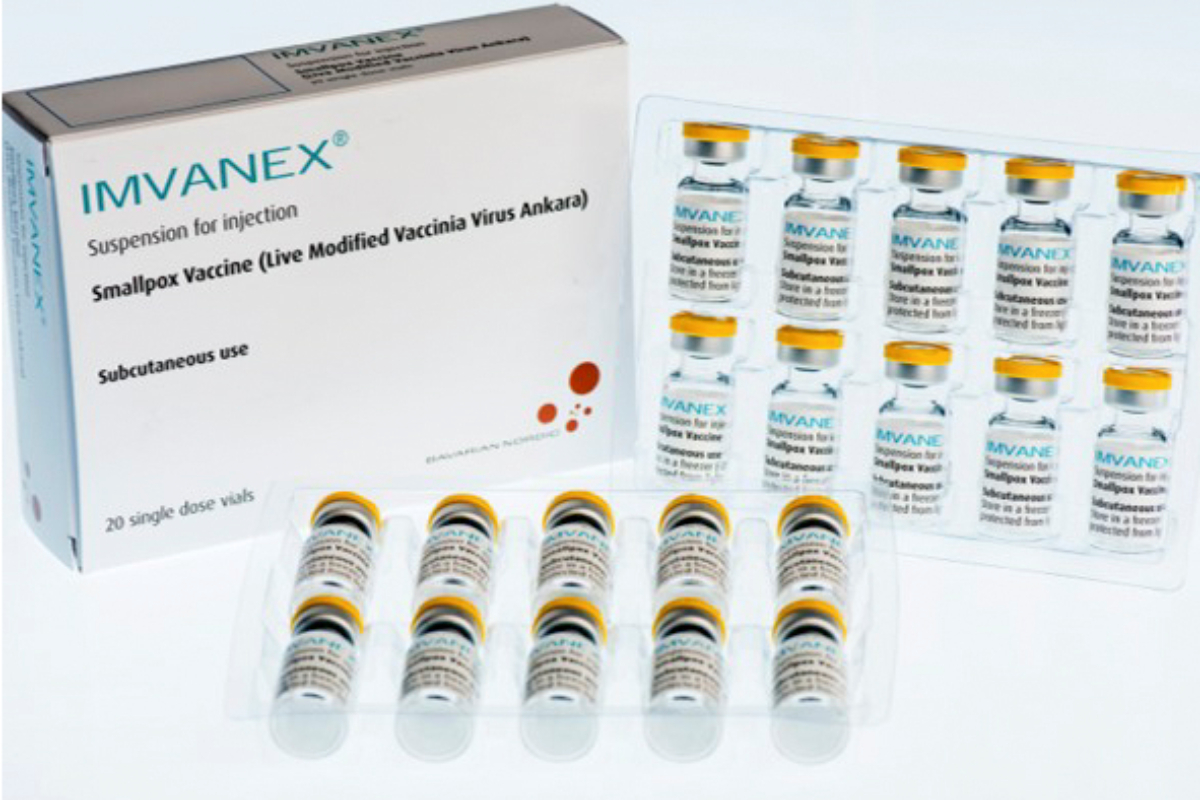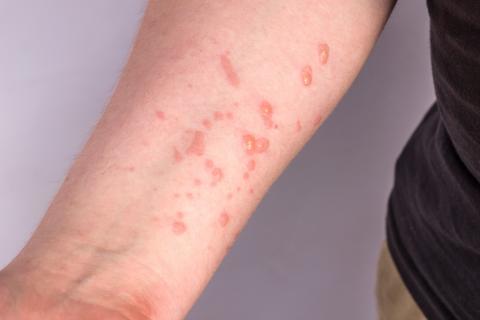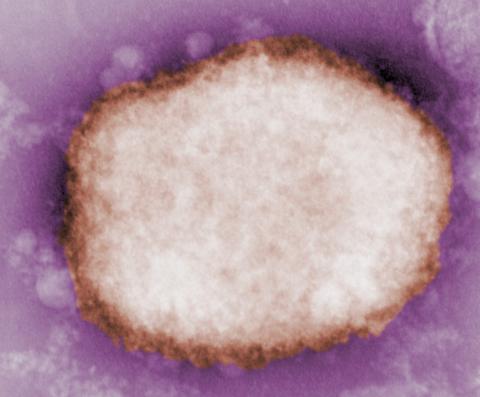What has changed?
Last Friday the European Medicines Agency (EMA) announced that it would follow in the footsteps of the US FDA in allowing the smallpox vaccine to be administered intradermally. Until now it has only been authorised subcutaneously. The aim is that the dose required will be lower and therefore more people can be vaccinated with each vial.
What will Spain do?
On Monday, the Public Health Commission unanimously approved that older persons for whom monkeypox vaccine is indicated "shall receive a 0.1 ml intradermal dose, both pre-exposure and post-exposure". Pregnant and immunocompromised persons will receive a 0.5 ml dose by cutaneous route. . For its part, the Community of Madrid began to follow this strategy last Friday.
What is the difference?
The vaccine dose approved so far was 0.5 millilitres subcutaneously. That is, just under the skin, as in the case of insulin shots administered to people with diabetes. The new route of administration is intradermal, so it is injected under the epidermis, the first layer of the skin. In this case, only 0.1 millilitres are required, so up to five people could be vaccinated with the amount previously needed by one person.
What does the manufacturer say?
The US was the first country to opt for this new route of administration, which infuriated the manufacturer, Bavarian Nordic. As the Washington Post explained, the company threatened the US with cancellation of future purchases if they used its product in an unauthorised way.
Bavarian Nordic's CEO went so far as to send a letter expressing reservations about the "very limited safety data available", saying that "it would have been prudent" to conduct more studies earlier.
However, former FDA commissioner Scott Gottlieb explained on Twitter that such reactions "are not unusual" because for the company "the new regimen creates a potential risk that they were unable to assess".
But then, is this option just as effective and safe?
The simian smallpox vaccines are much older than covid-19 but, paradoxically, the experience of use is much less. There are no clear standards and effectiveness data are limited and come from observational studies conducted decades ago in Africa. In this context, governments and public health agencies have to make difficult decisions.
The EMA bases its decision to change the route of administration on a small study of 500 people in which they found that antibodies levels were similar, although they caution that there was an increased risk of local reactions (e.g. redness) after intradermal injections.
They also recall that there is no information available on the number of doses that can be extracted from the 0.5 millilitre vials. In addition, they stress the importance of injections being administered by staff who are experienced in this route in order to do it correctly, given its greater difficulty.
Will this change work?
The theory behind the change is clear: vaccinate more people with the same amount of vaccine, in a context of shortages, in order to control outbreaks as quickly as possible. However, some experts fear it could backfire because of the difficulty of administration and lack of effectiveness data.
Infectious disease epidemiologist Caitlin Rivers warns that the change could be a false economy. She says that, at the moment, they are getting the same equivalent doses in the US, except that it is impossible to draw more than three or four doses per vial. As a result, local authorities are actually receiving fewer doses from the government.
Why is there a vaccine shortage?
The monkeypox vaccine (known as Imvanex in Europe and Jynneos in the US) is manufactured by the Danish biotech company Bavarian Nordic. According to the WHO, some 16 million doses are available, more than the estimated 4-10 million needed to control the outbreak. However, these are not ready in their corresponding vials, a process that takes time.
Moreover, as was seen during the covid-19 pandemic, countries are struggling to stockpile doses: while New York has more vaccine than the whole of the UK, many countries in Africa (where the epidemic started, and where the virus is endemic) have not yet begun to protect their populations. Bavarian Nordic, for its part, has reported that it may not be able to meet all the demand generated by the epidemic.




